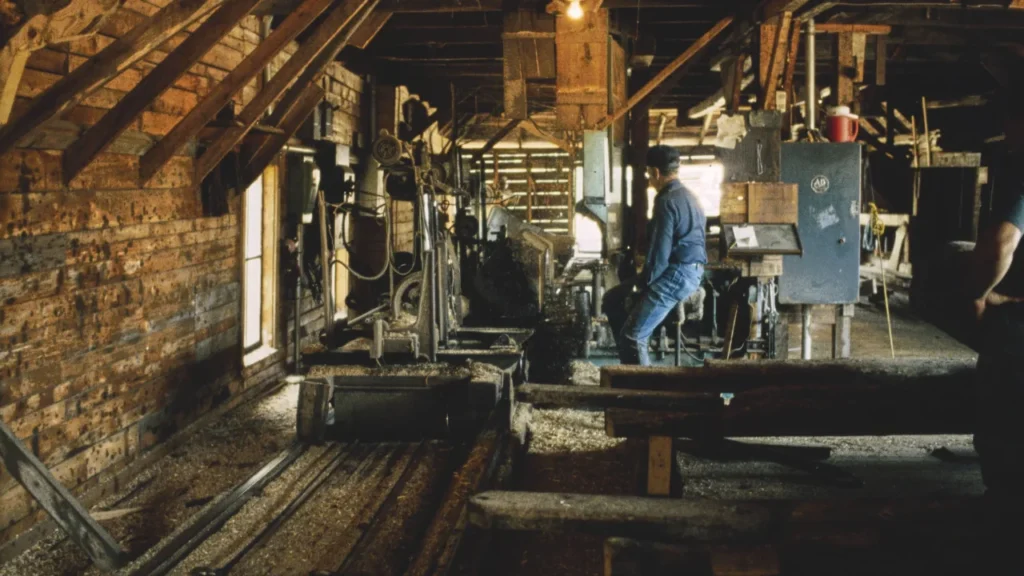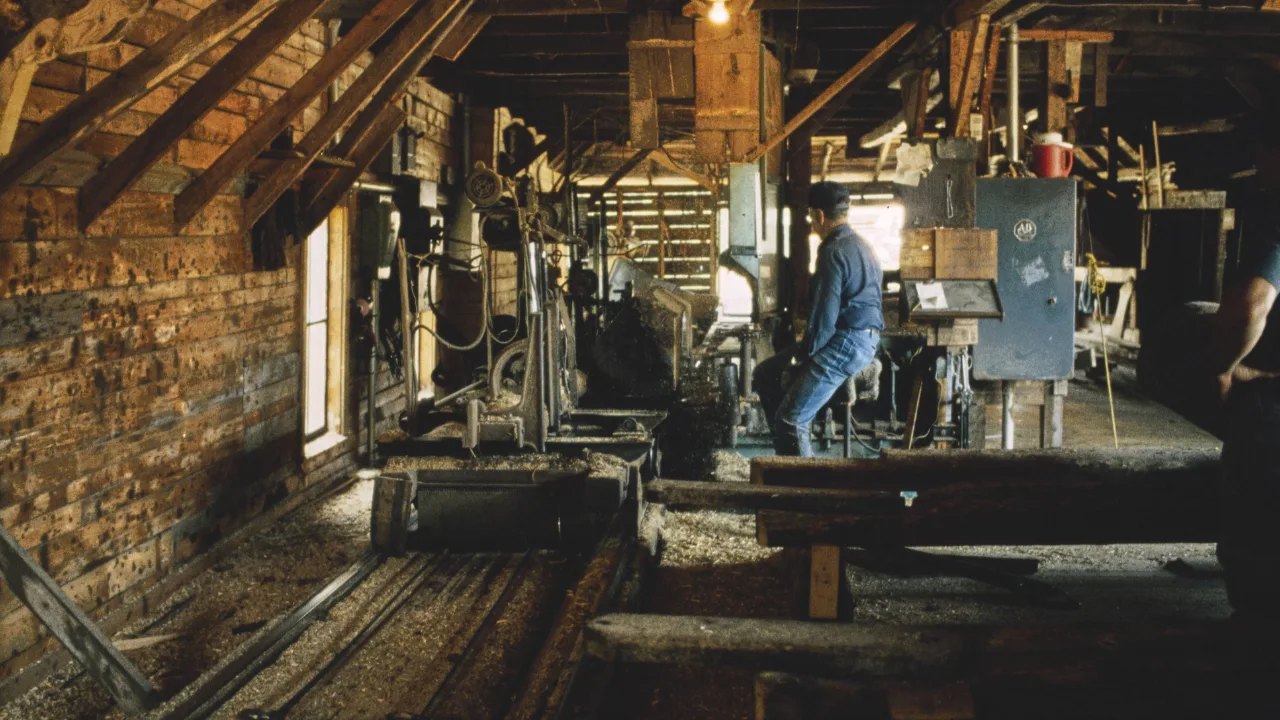US Manufacturing Employment. According to Global X ETFs, the U.S. manufacturing sector has been making headlines with political developments by Trump, the “Made in America” comeback. With the combination of factors consisting of technological evolution, shifting geopolitical outlook, and a revived focus on domestic production.

This recovery is not just a temporary trend, but a strategic adjustment of national priorities towards renovating industrial capacity and reinforcing supply chains.
Supply chain disruptions, government incentives, and shifting global trade dynamics have all played a role in bringing production back to U.S. soil. Yet, challenges like labor shortages, high costs, and foreign competition remain.

Let’s break down the facts, analyze the trends, and see whether America’s assembling rebound is fact or fiction.
Is US Manufacturing Employment? Key Data
Yes, the U.S assembling data shows the sign of growth and potential resurrection. Whereas some sectors faced challenges in the past, there is a positive impact according to experts and recent data, with the fabrication, investment, and a rejuvenated focus on domestic construction.


| U.S. Manufacturing Rising Data | ||||
| Metric | 2020 | 2023 | Projected-2025 | Trend |
| Manufacturing Jobs | 12.3 million | 13.0 million | 13.4 million | Growing |
| Factory Construction Spending | $89B | $108B | $130B+ | Surging |
| Reshoring Announcements | ~1,000/year | ~350,000 jobs announced | Steady growth | Strong |
| U.S. Share of Global Manufacturing | 16.8% | 17.9% | ~18.5% | Slight increase |
| Productivity Growth | 1.2% YoY | 0.8% YoY | 1.5% YoY | Recovering |
Note:
Approx ~350,000 jobs announced in 2021-2023

Signs the Revival is Real
1. Record Factory Construction
The biggest bang is seen in U.S factory buildings in decades, driven by some of the acts like the Chips Act, reduction in inflation.
- The CHIPS Act is introduced for semiconductor plants in $52B
- Inflation Reduction Act incentives for clean energy manufacturing
- New US plants are manufacturing for companies like Intel, TSMC, and GM.

2. Onshoring Expands
According to the Reshoring Initiative act about 350,000+ jobs have been announced since 2021 in some key industries.
- Semiconductors like Intel, Micron, samsung, and micron
- Electric Vehicles: Tesla, Ford, GM, Fisker
- Pharma & Medical Supplies for post-COVID under security concerns
3. Government & mass-market Push
- Trump’s “Made in America” policies involve national entrepreneurship to use U.S. materials.
- Walmart, Apple, and others are committing to buying more American-made goods.
Reasons To Be Skeptical
The main reason to suspect Structural Change, according to a financial expert, as compared to China, is that the structural change in the U.S. economy has emerged due to the decline in manufacturing. We can say that the major modification is the shift in land, labor, and capital with new tasks and technology.
1. Still Behind China & Rising Competitors
- China produces 28% of the world’s factories globally, as compared to the U.S output settled at 18%.
- Mexico, Vietnam, and India are expanding their resources from China as a substitute, not always the U.S.
2. Labor Shortages & High Costs
- Approx 500,000+ manufacturing jobs remain unfilled according to the National Association of Manufacturers(NAM)
- There is a huge difference in the price of U.S. wages, more than 3-5x higher than in Asia, making it hard to compete on price.
3. Automation Over Job Growth?
- Fewer jobs are assigned despite many new factories being automated.
- Foxconn’s Wisconsin plant promised 13,000 jobs but delivered only ~1,000 is such an example.
What’s Next for US Manufacturing Employment?
Growth Areas include a focus on skills, automating smart factories, and sustainability with clean technology.
- Semiconductors & advanced tech (CHIPS Act investments)
- Electric vehicles & batteries (IRA subsidies)
- Aerospace & defense (increased military spending)
- Automation and Smart Factories
- Addressing the Skills Gap
- Supply Chain Optimization
- Focus on AI and Generative AI
- Sustainability and Clean Technology
Challenges Ahead:
- Can the U.S. compete on cost? (Without heavy subsidies)
- Will reshoring last if incentives fade?
- Can workforce training keep up with high-tech manufacturing needs?
- Navigating Global Competition: Be Stable?
- Can the U.S government embrace automation and Digitalization?
Rebuilding American Manufacturing: A People-First Approach
This isn’t just about making things, it’s about generating good jobs and keeping Americans diligent. The opportunity is here if we snatch it.
- The U.S. manufacturing comeback isn’t just about factories, it’s about people.
- Through better training programs and schools, we need to close the skills gap.
- For modern technology, workers from various companies and schools should team up.
- change the outdated views, factories are high-tech, clean, and innovative
- To run new technology in the future, the U.S government needs both smart machines and skilled workers.
- Investing in workers means stronger factories for the coming years.
| Home Page | https://aiis.org/ |
Final Verdict: Comeback, But Not Dominance
The U.S. manufacturing sector is reviving, but it’s not returning to its 1950s peak. Instead, America is shaping out high-tech, automated, and government-financed opportunities, while low-cost production stays international.
- For workers & businesses: Opportunities exist in advanced manufacturing, but not for low-wage production.
- For consumers: Expect more “Made in USA” labels on chips, EVs, and high-end goods, but not everyday cheap products.






